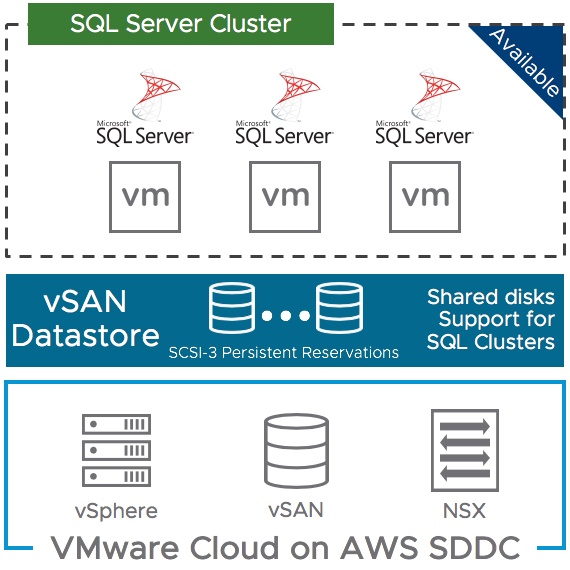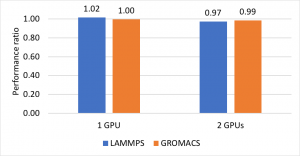
Written by Guy Bartram, Director, Product Marketing Competitive Intelligence, VMware. This is Part 1 of a two-part series on understanding and calculating your operational cost.
For many years, cloud providers have tried to limit their operational costs to keep margins high and healthy. In recent times, a few ‘competitive’ products have poked their heads above the parapet to try to challenge VMware’s hypervisor market share, through low cost licensing and a ‘good enough’ functional approach. However, whilst the upfront license cost looks attractive at the point of sale the real question is what is the total operational cost (or TCO?)? The service provider market has learned from earlier attempts with various other Hypervisors and cloud platforms that getting seduced with lower upfront costs often results in more expense in the long term in terms of operating cost and difficulty in capturing enterprise workloads, many of which run on VMware today.
So why should cloud providers be looking at ‘best in breed’ Hypervisors and cloud solutions rather than ‘good enough’ do-it-yourself infrastructure solutions? Recently we have seen a trend where the Line of Business (LOB) drive the Infrastructure and Operations (I&O) teams into submission to use highly consumable mega-cloud infrastructure and services to gain agility and speed. This has led to the same internal expectations of I&O services. Mega cloud has beaten and normalised pricing expectations for cloud providers to ground zero – putting massive pressure on their sales with aggressive pricing of their services to be successful. As a result, something has to give.
Some Managed Cloud Provider Sales teams look at operational costs as a ‘sunk’ cost i.e. zero or very little cost % added to their total deal value. Why is this important? The entire cloud economic model has evolved to a per unit cost metric, if you want to compete you need to get the cost per unit as low as possible, which means improving capital and operational expenses for each unit and examining the ‘full cost to serve’ OVH (a VMware vCloud Air Network cloud provider) is a good example of an organisation able to keep their costs lean as they utilize their own hardware builds and have invested in high levels of automation – they are able to pass on the benefits of these savings in production costs to the cloud consumer.
In our next blog of this series, we’ll discuss how to assess and calculate your operational cost. Stay tuned!
Be sure to subscribe to the vCloud blog, follow @cloudhappens on Twitter or ‘like’ us on Facebook for future updates.






